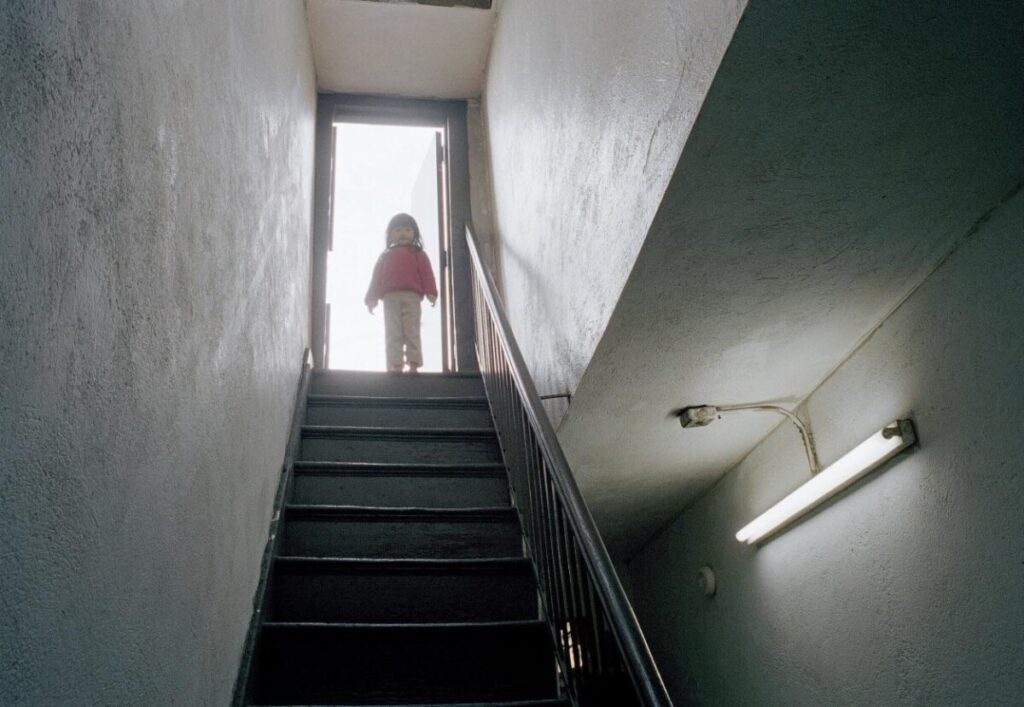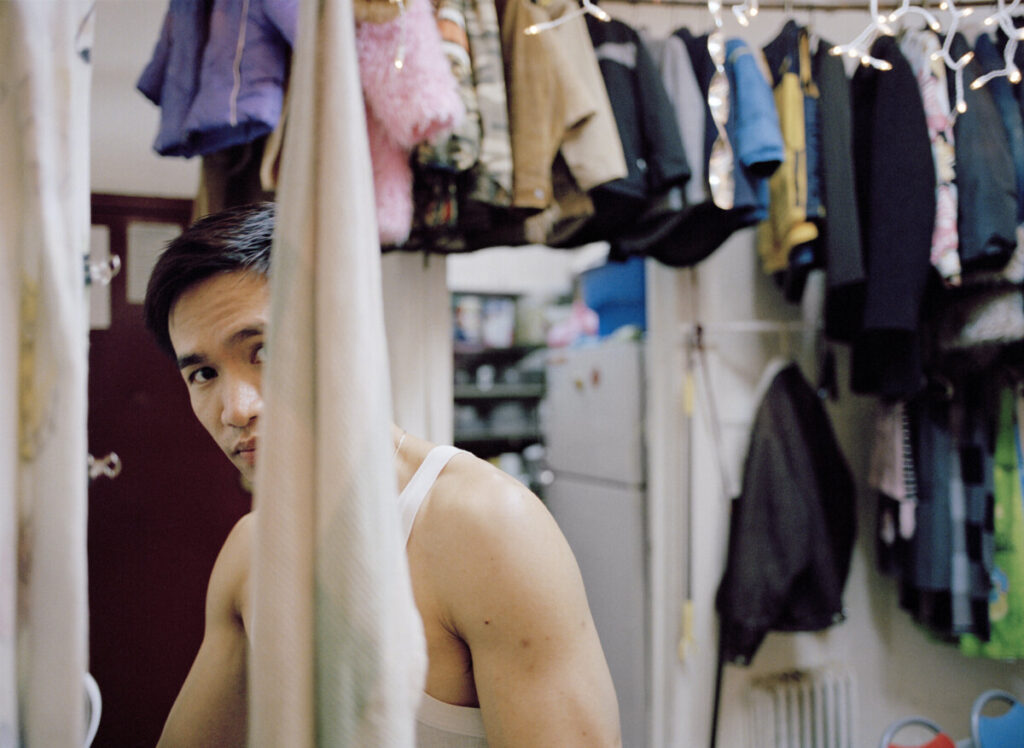
Suzanne Stein is the photographer of this photo. This photo was taken in the streets of New York City downtown. In this photo you are able to see four men dressed in cold attire to be more specific jackets and hoodies. Also some of them have ski masks on and they are just smoking and enjoying themselves. The photos intention overall is to demonstrate the real view of New York City. A quick background to note is that in New York City you will find lot of people smoking in public places. Everyone in the middle class and poverty class is what makes up most of New York and its streets. I love how the photographer gives the true of New York with this photo because thats usually the attire people are wearing to feel comfortable and the daily hobbies. The fact that they are also wearing sunglasses shows how comfortable they feel as they are.
In this photograph one of the principles used is fill the frame. The 4 civilians take up most of the photo while they are all smoking and sort of telling the viewer how they are the main focus. Another principle that I feel is used in a subtle way is pattern and repetition because each of them have a head cover and by all of them using it in a photo you are able to tell the weather and also brings out how comfortable these individuals feel. Another principle being used is diagonals because when you look behind all four individuals you are able to notice the buildings direction and how it gives off the impression that they are walking towards the front. Also the way the smoke flows to the right of the photograph helps show some movement making it dynamic and a captivating image.








Recent Comments